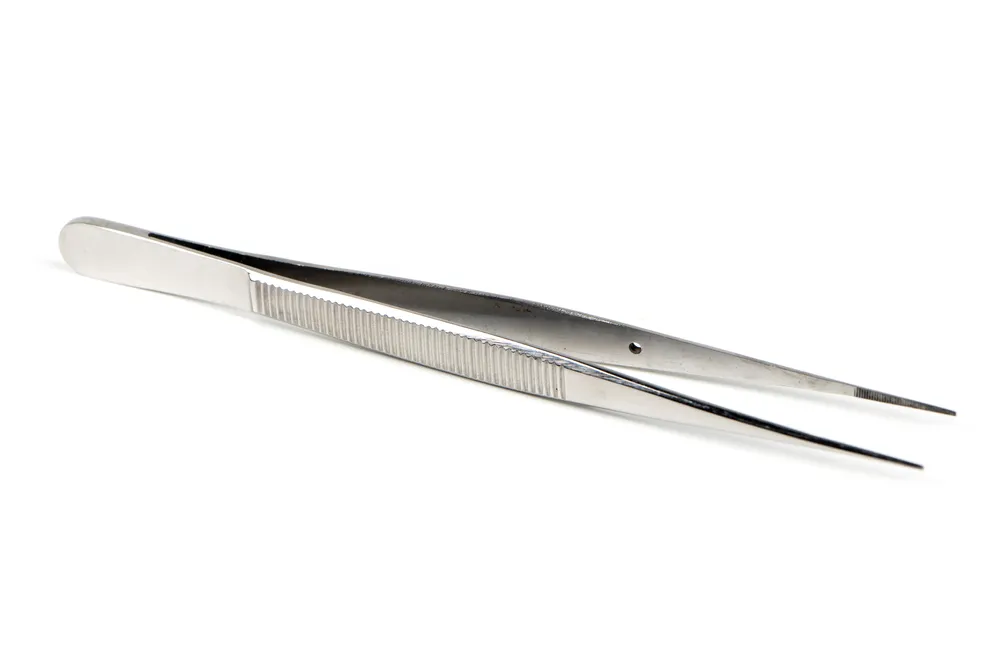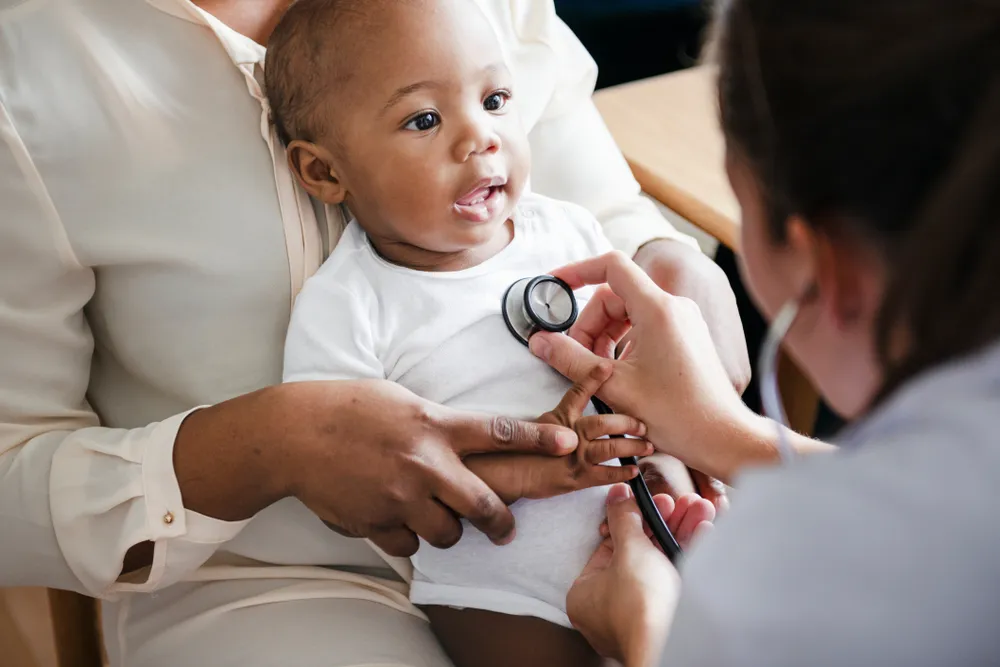Nobody ever plans to get hurt or feel ill. These things happen, and when they do, it’s always better to be prepared. Building and re-stocking a first-aid kit is good advice for anyone, but it’s especially important for parents.
Having bandages, medications, and sterilized medical tools at the ready won’t ease the discomfort of seeing your baby in pain. It will save you some of the panic though. It’ll also save you from running to the closest pharmacy and hoping that they have precisely what you need in stock.
I repeat, having a well-stocked first-aid kit at the ready is critical. So, take some time, read through this helpful guide of baby first-aid kit essentials, and prepare your home for parenthood.
Custom vs. Pre-Made First-Aid Kits
You’re probably wondering what all this first-aid kit fuss is about. Pharmacies do offer pre-built first-aid packages. Pre-packaged kits are certainly better than nothing, but the reality is that opting for a one-size-fits-all solution can sometimes leave you searching for the right tool or forcing you into a position to use the wrong one.
Simply put, prepackaged kits aren’t comprehensive enough. Even if you are fortunate enough to find one catered to infants, odds are it won’t include everything that you may need. People also tend to buy a pre-made kit and assume that they are prepared without ever analyzing its contents. Trust us, the safest bet for you and your family is building a customized first-aid kit of your very own.
Thermometer
The first thing all first-aid kits need is a thermometer, but not all thermometers are created equally. Babies can be fussy when they’re at 100%, let alone running hot and feeling under the weather. As such, they require a different tool.
Rectal thermometers are the most accurate, and reliable way to take a toddler’s temperature. Though they may prefer an oral reading, babies can’t quite manage to keep the device under their tongue for long enough to get an accurate reading. As with most at-home medical gear, be sure to wash it thoroughly with soap and water before and after every use.
Saline Spray
Babies get stuffy noses just like the rest of us. But, unlike their full-grown housemates, babies can’t blow their little noses. Congestion isn’t the end of the world, but it can make for a cranky baby. As such, you’ll want to be prepared in the event of a stuffy nose.
Due to potentially life-threatening side effects, it’s important that you refrain from using medical decongestant. Instead, prepare for a stuffy nose by adding a bottle of saline spray to your custom first-aid kit.
Petroleum Jelly
You may think that you have sensitive skin, but you don’t have anything on a newborn baby. The quintessential baby softness, and that smell, comes with a penchant for rashes and irritation. As such, keeping a jar of petroleum jelly on hand is probably a good idea.
Petroleum jelly is commonly used to create a barrier between the skin and moist diapers. It’s most often used to treat diaper rash, but it can also help moisturize dry skin, as well as heal minor skin scrapes and burns.
Medicine Dropper
Cheap and effective, a liquid medicine dropper can be purchased at just about any big-box store with a health section. Adding one to your first-aid kit will no doubt come in hand too.
Babies hate taking liquid medicine just as much as the rest of us do. Unfortunately for parents, babies often lack the inclination to swallow what’s good for them, necessitating the need for a medicine dropper. Not only will this handy tool help keep your baby from spitting their medicine back at you, but it’ll also help you precisely manage the dosage.
Bandages
Cuts and scrapes are inevitable. And when cuts and scrapes do happen, parents only have so much time to act. Don’t wait until your baby breaks the skin to run out to the convenience store and pray that they have what you need. Stock up now and be ready when the inevitable happens.
It’s always important to stock your first-aid kit with bandages of various sizes and applications. Cotton swabs, adhesive bandages, gauze pads, medical-grade adhesive, and wraps are essential to even the most elementary custom first-aid kit. When shopping, air on the side of preparedness and be sure not to leave any one bandage type out.
Hydrogen Peroxide
Hydrogen peroxide, or an alternative antiseptic, is another important addition to your at-home safety kit. Hydrogen peroxide is a mild antiseptic that’s ideal for at-home first aid treatment.
Use it when cleaning a minor cut, scrape, or burn to prevent the wound from infection. Hydrogen peroxide, when used as a mouth rinse, can even relieve mouth irritation from canker sores, and help remove mucus. It truly is a multi-purpose remedy, as well as an at-home first-aid kit essential.
Alcohol Wipes
If your first-aid kit at home lacks alcohol wipes, then consider yourself unprepared. Alcohol wipes are very important and perform a variety of essential duties. They can act as a stand-in for hydrogen peroxide by disinfecting small cuts and wounds. They can also be used to clean at-home medical equipment like tweezers, nail clippers, thermometers, and safety pins.
You’ll want to keep more than a few packs of alcohol wipes handy, if only to ensure that your medical devices are clean and safe to re-use.
Tweezers
You never realize how important owning a clean and reliable pair of tweezers until you need to use them. You may not think they’re important, but even babies can get splinters.
Relied upon daily to remove debris like glass, dirt, or splinters from a wound, they can even come in handy when removing stingers left behind by bees. Even if you think you can get the splinter out with your fingertips, a clean pair of tweezers is always the most sanitary option. So be sure to add one to your first-aid kit at the first opportunity.
Nail Clippers
Nail clippers are more important than you may initially assume. A baby’s nails can grow incredibly fast. More than that, they’re sharp too.
Be sure to add a small set of nail clippers or nail scissors to your first-aid kit, and keep on top of trimming their little fingers and toes. Doing so effectively can help keep them from scratching your or themselves.
Gas Drops
Gas drops may seem like an unnecessary addition. You certainly won’t find them included inside a pre-packaged first-aid kit. But, if you find yourself dealing with a fussy baby, they can be worth their wait in gold.
Gas drops can be purchased over the counter at most pharmacies. They usually contain a medicinal ingredient called simethicone. Simethicone is designed to alleviate many of the painful symptoms associated with too much gas. It’s safe for babies and may work wonders for yours. If gas is a problem, make some space in your first-aid kit for a bottle of gas drops.
Infant Acetaminophen
It’s always important to have infant acetaminophen, or infant Tylenol, on hand to help alleviate your baby’s pain or discomfort. Tylenol can help relieve fever symptoms too. Keep in mind though that infant acetaminophen is only recommended if your baby is 2-months or older.
Infant medications are indeed different than their adult counterparts. For starters, they are liquid. Each bottle comes with a syringe for easy dosage and administration. But, just as important as having infant acetaminophen on hand is understanding proper dosage. You’ll want to consult a pediatrician to be sure you’re not giving your baby too much.
Emergency Names and Numbers
It doesn’t matter if you’ve purchased a pre-packaged first-aid kit or constructed one yourself. One of the most important things that you can do is gather a list of emergency contacts, write, or print it out, and secure it to the inside lid of your first aid kit.
Your list of emergency contacts should include the direct numbers to your family doctor and your local hospital, along with the phone numbers of two close and dependable neighbors. Yes, you may already have those numbers stored away in your phone. But having them ready for you inside your first aid kit could save you and your little one a lot of time searching.
Keep it Stocked
Every family is different, as are their various health and safety needs. This list covers a lot of ground, but it’s far from comprehensive. If we missed something, it’s best to air on the side of caution and stock up before you truly need it.
More importantly, be sure to check-in on your first aid kit on a monthly basis, and replace items as they’re used, in order to ensure that your at-home first-aid kit is always a valuable resource in times of crisis.

















